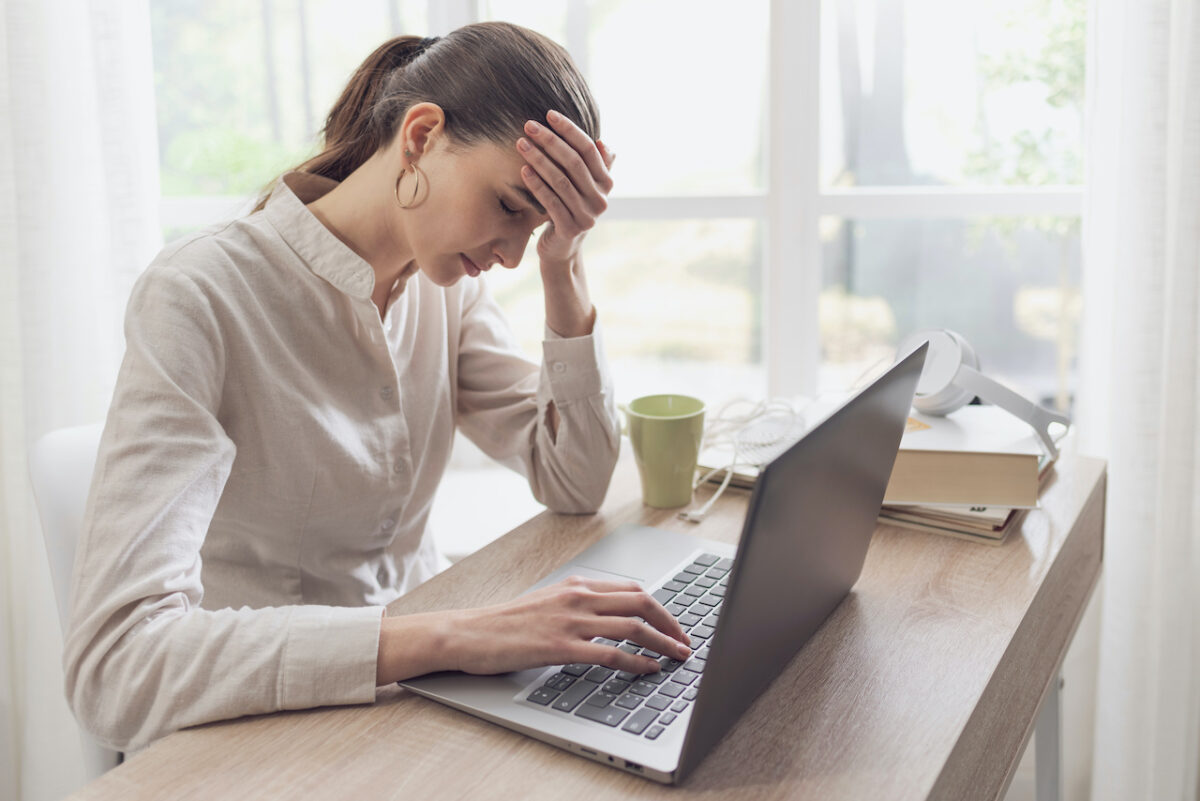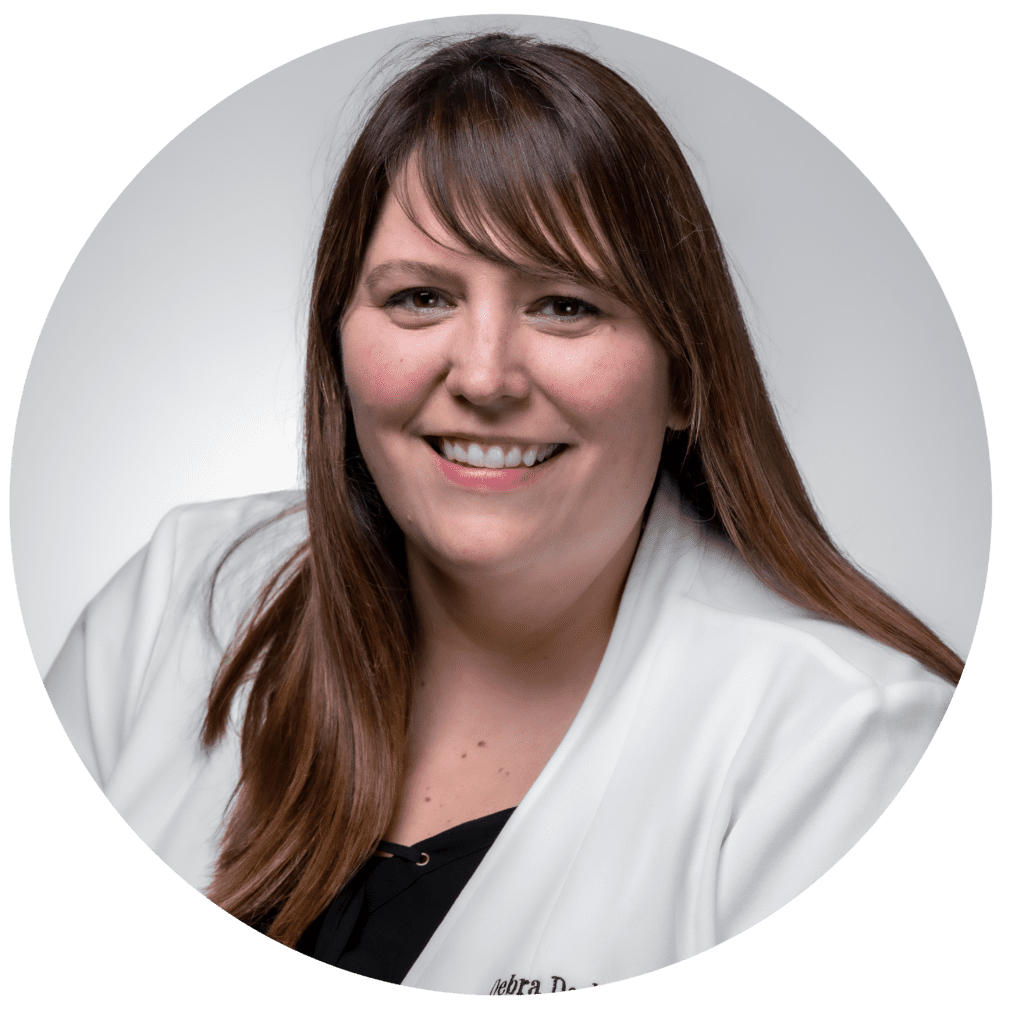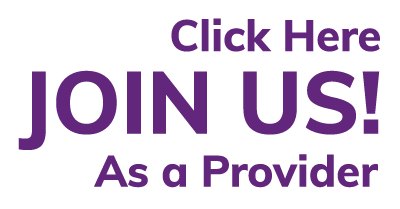How Do I Get Rid of a Headache?

What is Headaches?
Headaches are a common condition where you experience pain in your head or face. The pain can be throbbing, constant, dull or sharp. There are many different types of headaches. Most of them are not dangerous, while some are.
Types of headaches
Primary headaches are not caused by an underlying medical condition. They are usually not dangerous, although they may interfere with a person’s daily life. Primary headaches can be triggered by many factors:
- Alcohol, specifically red wine
- Certain processed meats
- Nicotine
- Issues with sleep
- Poor posture
- Skipped meals
Secondary headaches are due to medical conditions. Nondangerous secondary headaches include dehydration, sinus and medication overuse. Dangerous headaches include spinal headaches and thunderclap headaches. Spinal headaches are when fluid leaks out around the spinal cord after a spinal tap. Thunderclap headaches are extremely painful and can reach intense pain within a minute. It is important to seek medical care immediately since it can be a sign of a head injury, brain bleed, or severe rise in blood pressure.

How to treat a headache?
Treatment depends on the headache. Primary headaches can be prevented by learning and avoiding triggers. Counseling and stress management can lower stress levels. Other techniques include relaxation by using deep breathing, muscle relaxation, mental images and music.
Biofeedback is mind-body alternative medicine therapy that can also be helpful. During a session, a healthcare provider uses sensors and instruments to measure your body’s involuntary reaction to stressful situations. These involuntary functions include heart rate, breathing, pulse, temperature and muscle tension. Based on these results, the provider can suggest voluntary or conscious changes that can be made to manage your body’s reactions.
Certain headaches may require relief from over-the-counter medications such as NSAIDs or Tylenol. Your provider may also prescribe headache medications such as triptans if the headaches are frequent or severe. Other supportive care measures at home include:
- Applying heat or cold pack
- Doing stretching exercises
- Massages
- Taking a walk
- Resting in a dark, quiet room
Summary:
- Headache Overview: Common pain in the head or face, categorized as primary (non-medical causes) or secondary (related to medical conditions).
- Primary Headache Triggers: Alcohol, certain foods, nicotine, sleep issues, poor posture, and skipped meals can trigger primary headaches.
- Secondary Headaches: Result from medical conditions; include dehydration, sinus problems, and dangerous cases like spinal and thunderclap headaches requiring urgent attention.
- Treatment Approaches: Identify and avoid triggers for primary headaches. Manage stress, use relaxation techniques, and consider biofeedback therapy. Medication options include over-the-counter or prescribed drugs like triptans.
- Home Care Measures: Supportive care includes using heat or cold packs, stretching exercises, massages, walks, and resting in a quiet room.

This article reviewed by Dr. Jim Liu, MD and Ms. Deb Dooley, APRN.
There’s nothing more important than our good health – that’s our principal capital asset.
#medical #telehealth #umedoc






